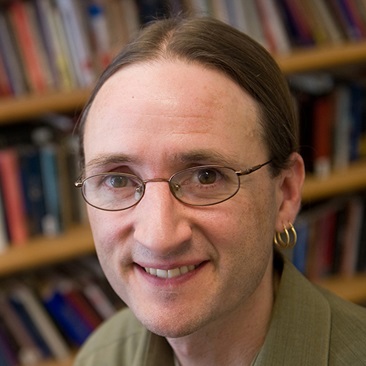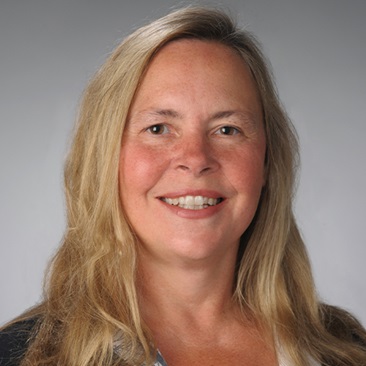Lasch-Quinn Discusses History of DC Settlement Houses in Washington Post Article
February 22, 2022
The Washington Post
In the early 1900s there were more than 400 settlement houses in the U.S. They were a pinnacle of the progressive movement, run by socially conscious people. And yet, in Washington and many other cities, they were segregated. Professor Elisabeth Lasch-Quinn, author of “Black Neighbors: Race and the Limits of Reform in the American Settlement House Movement, 1890-1945,” says that some White settlement houses closed rather than integrate. Some staggered their programming, with different days for Whites and Blacks. Some reestablished themselves outside of the inner city, following their original White clients as they became more socially mobile.
“If the formal settlement movement had made common cause at a deeper level at the time, I truly believe we would have had a civil rights movement earlier," says Lasch-Quinn. "We had all the makings of it — places to gather, a desire for social change. That didn’t happen, partly because of a blindness in the mainstream settlement movement.” Read more in the Washington Post article, "In 1902, a remarkable and charitable house opened in a part of Southwest D.C. known as Bloodfield."
Related News
School News

Apr 22, 2024
School News

Apr 19, 2024
School News

Mar 29, 2024
School News

Mar 13, 2024
